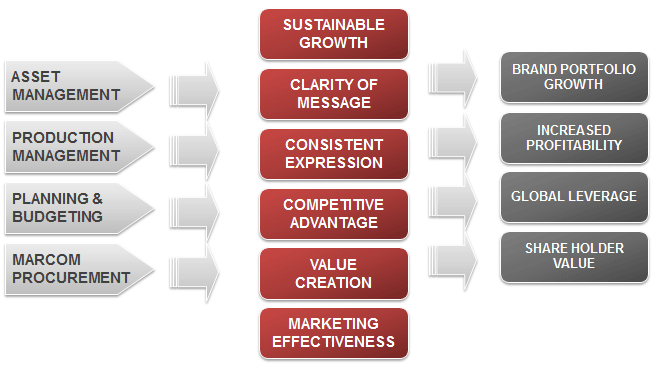Sustainable and Profitable growth, Operating and Capital expenses, Return on Investment, Risk Management. Those are the things that concern financial and procurement executives. It's mostly about numbers, contract and supplier management.
At its core – marketing automation was designed to enable marketing to do more with the same amount of headcount. Marketing automation will offload us of manual, repetitive tasks associated with all aspects of marketing and communications. That means you can get more done with the same staff. Furthermore, reporting tools make a huge contribution in making costs transparant. As accountability becomes more and more important, the need for MRM grows.

Financial sector & compliancy
Companies in the financial sector had to take steps to change their processes so that they complied with national and international legislation. How does this affect their marketing? And does an MRM system ensure that everyone complies with the new, stricter standards?
What’s going on?
-
Each company in the Financial Industry has close to a 1000 FTE somehow involved in marketing and communications (average). This includes marketing operations, events, sponsoring, internal communications etc. A substantial number of these individuals are actively producing marketing materials.
- Due to recent events in the financial industry worldwide new, stricter legislation with regard to the marketing of products and services has been implemented. If a company fails to comply it can risk a penalty or fine and run a considerably reputation risk.
- Violation of the rules and guidelines due to errors, mistakes are very easily made.
- Marketing usually has no processes in place to check all the marketing collateral, nor does she have a clear overview of the collateral that is being produced day-by-day. The marketing supply chain is unstructured.
A well-designed MRM system cannot violate regulations (a preventative control, not a detective one). – guidelines, processes, workflow etc.
-
Compliance is a process issue. Technology can help, but only if accompanied by good processes. Most compliance issues come from errors. Good process work can infuse the system with quality (which equals better compliance).
- Good compliance can be seen as good customer experience.
- Another challenge for big marketers is finding enough bandwidth to review all of the material (once you solve the problem of having them all go through a single point).
- A good marketing process needs to be designed around certain execution parameters, agreed upon by the accountable intent providers. Compliance is table stakes – a well-designed marketing engine cannot violate regulations (a preventative control, not a detective one).